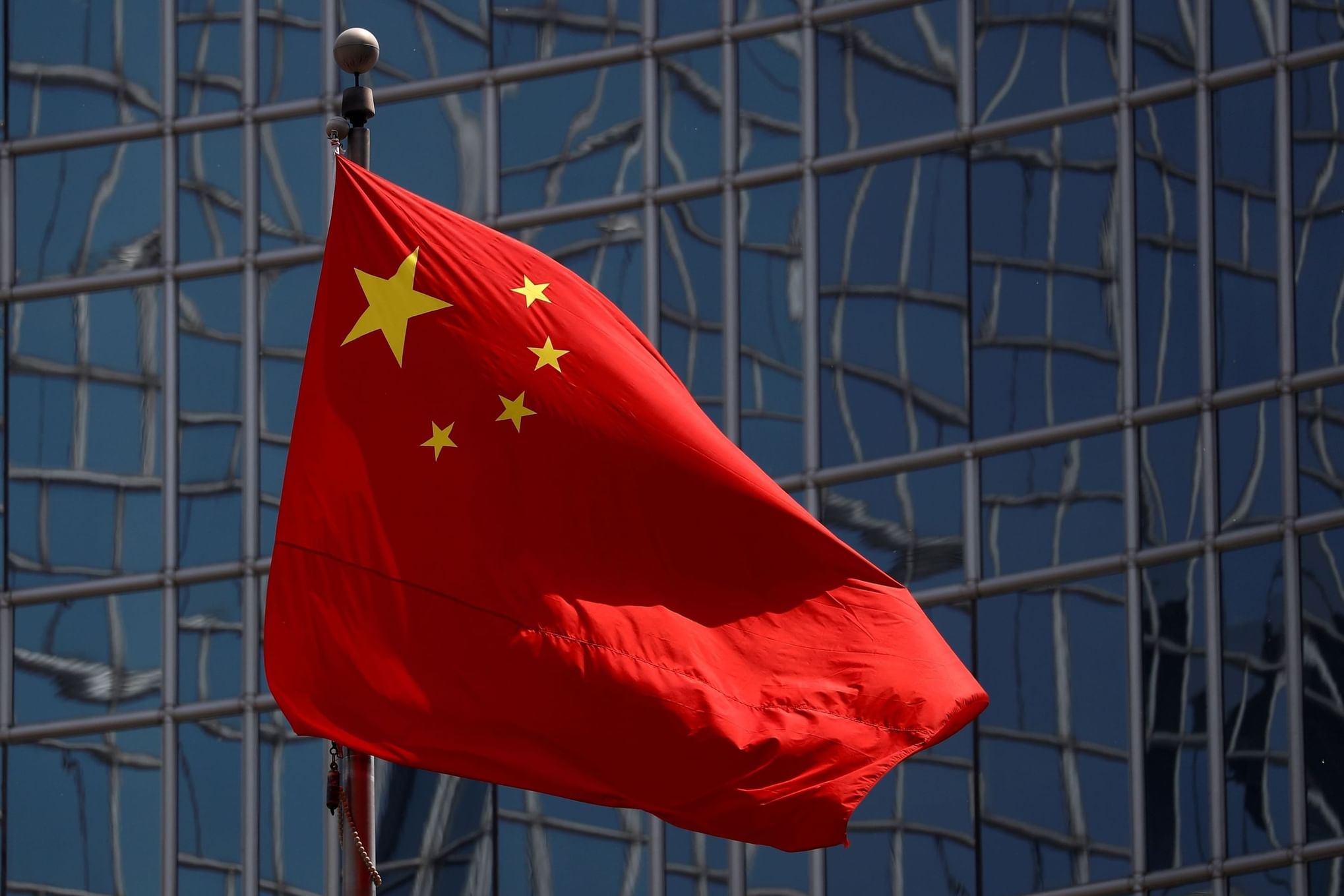China’s central bank and financial regulators unveiled a series of aggressive policy measures on Wednesday aimed at jumpstarting the economy and countering mounting trade and deflationary pressures. The moves, which include interest rate cuts, a major reduction in banks’ reserve requirements, and targeted sectoral support, signal a more urgent approach by Beijing after months of incremental stimulus.
What has the People’s Bank of China announced?
At a press briefing, People’s Bank of China (PBOC) Governor Pan Gongsheng said the central bank will cut the seven-day reverse repurchase rate by 10 basis points to 1.4% from 1.5%. This cut will feed through to the benchmark loan prime rate, which will also fall by approximately 10 basis points.
In a major liquidity boost, the PBOC will lower the reserve requirement ratio (RRR) for banks by 50 basis points, effective May 15. This move is expected to inject 1 trillion yuan ($138.5 billion) into the banking system. Meanwhile, the interest rate reductions will take effect on Thursday.
The central bank will also reduce mortgage rates under the National Housing Provident Fund by 25 basis points. For first-time homebuyers, the five-year loan rate will fall to 2.6% from 2.85%, Governor Pan confirmed. Auto financing firms will also benefit from looser requirements, as the amount of reserves they are required to hold will gradually be brought down to zero from the current 5%.
What other sectors are being targeted?
Officials announced a new 500-billion-yuan re-lending facility to support spending in areas such as consumer goods and elderly care. Technology and real estate sectors will also receive support to facilitate financing.
Li Yunze, head of the Financial Regulatory Administration, said at the briefing that additional measures are being prepared to support small and medium-sized enterprises and the private sector. “The government has ramped up efforts in recent weeks to help businesses impacted by the tariffs and boost employment,” Li added.
Will these measures be enough?
Some analysts expressed cautious optimism, but others warned that the policy moves may not be sufficient to spur domestic credit demand. “Borrowing has been somewhat insensitive to interest rates,” said Tianchen Xu, senior economist at the Economist Intelligence Unit.
Still, the latest measures were seen as a shift in tone from policymakers. Analysts noted that easing pressure on the Chinese yuan gave Beijing more flexibility. The yuan, which had recently weakened to a record low of 7.4287 per U.S. dollar, has regained some ground, trading near 7.2227 following the policy announcement.
“There is no longer pressure on the RMB to depreciate against the dollar. In this context, PBOC doesn’t need to worry about the risk of rate cut and RRR leading to capital outflows and RMB depreciation,” said Zhiwei Zhang, president and chief economist at Pinpoint Asset Management.
However, Zhang pointed out that fiscal support remains notably absent. “New fiscal policy measures are, however, missing and may only be unleashed when policymakers see concrete signs of economic deterioration,” he said.
What’s the broader context?
Wednesday’s announcements follow growing concern over the impact of U.S. tariffs and a slowing domestic economy. While Beijing has said repeatedly that it has ample policy tools and will act “when appropriate,” much of the stimulus this year has been piecemeal.
In April, top Chinese policymakers warned the country to prepare for “worst-case scenarios,” urging comprehensive contingency planning. “Policymakers are likely now privy to some of the early data on how the economy is being impacted by the tariff shock,” said Lynn Song, chief economist for Greater China at ING. “There is [still] room for further policy easing,” he added, citing deflationary risks and softening growth momentum.
Song expects another 20-basis-point cut to interest rates and a further 50-basis-point reduction in the RRR later this year, though he said the next move “may not come until after the Fed resumes its rate cuts.”
Despite the large monetary stimulus, yields on China’s 10-year government bonds remained relatively stable at 1.636% on Wednesday, according to LSEG data.
Are trade talks back on the table?
The flurry of domestic policy action came just hours before Beijing confirmed that Chinese Vice Premier He Lifeng will meet U.S. Treasury Secretary Scott Bessent in Switzerland later this week to discuss tariffs and trade.
These would be the first confirmed trade negotiations between the two nations since the U.S., under President Donald Trump, escalated tariffs on Chinese imports to 145%, prompting China to retaliate with 125% levies on U.S. goods.
The talks could signal a turning point in the trade war that has rocked global markets and disrupted commerce between the world’s two largest economies.






